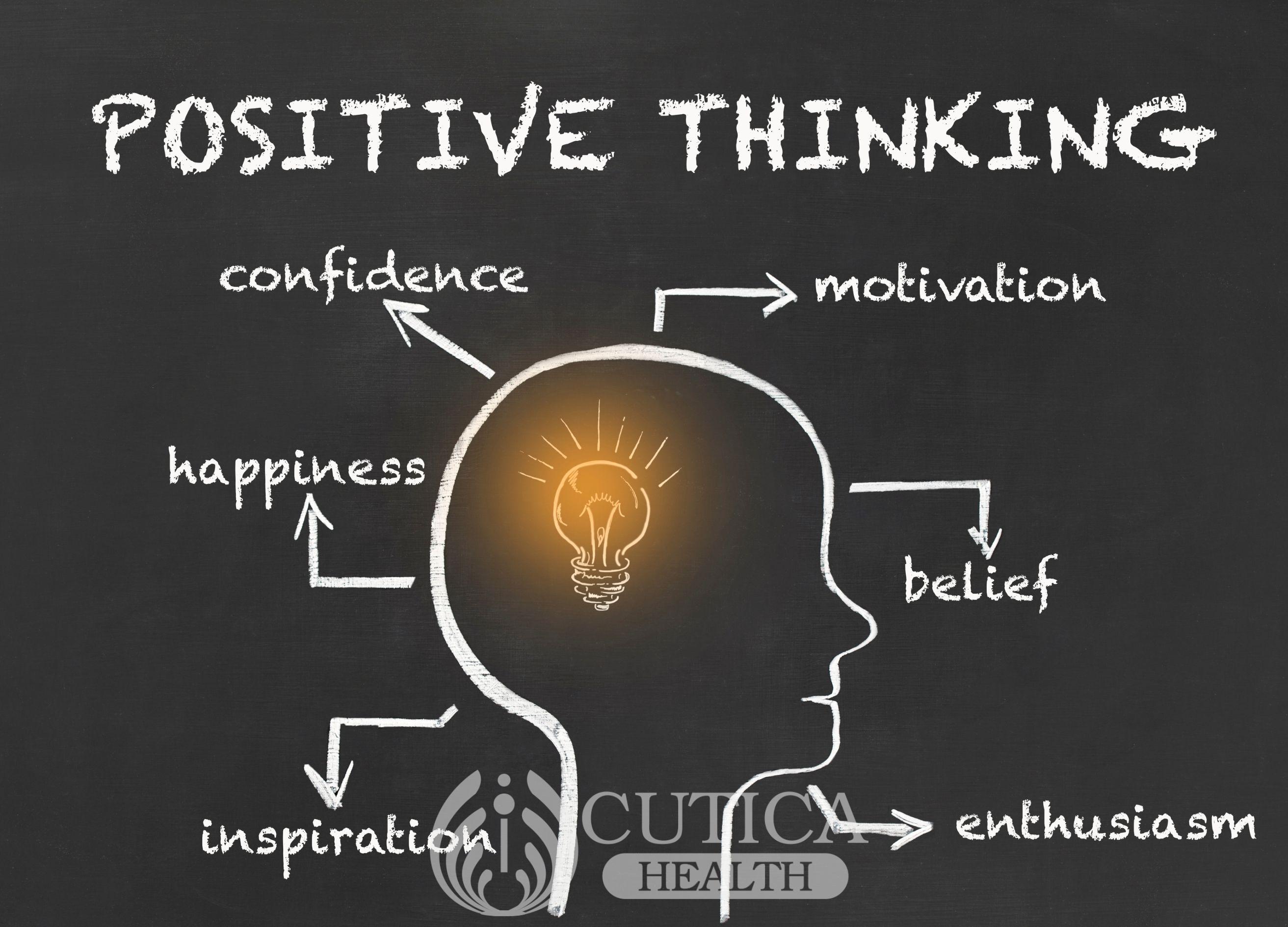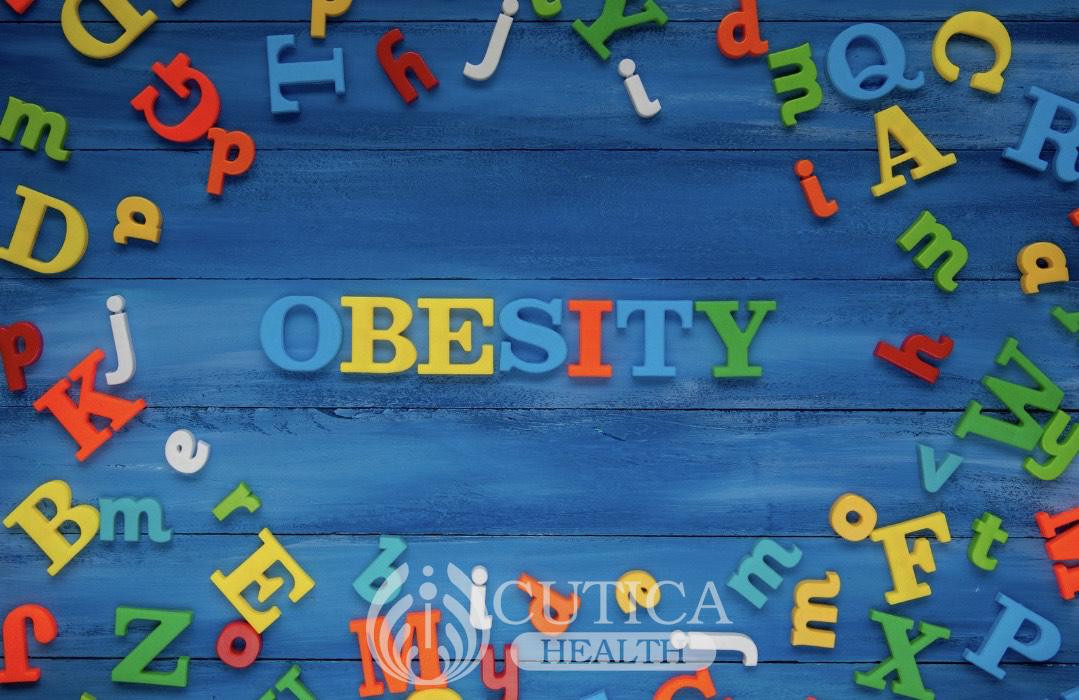
“Hauwa and Jeff have been friends since childhood. They lived in the same neighbourhood, went to the same schools, and even worked in the same company. At the start of the year, they were both laid off from the company. Although Hauwa was sad, she was optimistic about a new start and believed something better would come her way. She collected recommendations from her old office and jumped into job hunting. Jeff, on the other hand was devastated. He could not see how things could possibly get better and he spent his time wallowing in his misery.”
Resilience is a core character trait of strong and adaptable people. Resilience can be defined as a person’s ability to adjust to and recover from the various challenges and difficulties of life. Just like Hauwa, a resilient person is able to overcome difficulties they experience, but a person who hasn’t built up their resilience crumbles when faced with similar challenges. Building resilience involves developing various attitudes, one of them is positive thinking. 
Positive thinking is the habit/attitude of focusing on the good side of every situation. A positive thinker does not ignore the bad aspects of a situation, but they accept it and find ways to be optimistic.
Positive thinking allows you to keep going when faced with difficulties and challenges. In other words, it enables you to build resilience.
Here are three ways to build your resilience through positive thinking:
Reframing situations
Reframing can be defined as the process of changing the opinion you have about a particular situation or event to help you see it in a more positive or helpful manner. For instance, Hauwa saw being laid off as an opportunity for a new start rather than the loss of her time and financial stability. She was able to focus on the positives of a largely negative situation. Reframing is an intentional process that helps in problem-solving and in the development of a growth mindset. Research has shown that people who reframed difficult situations into opportunities for growth are more resilient than those who do not.
Reframing requires an optimistic and hopeful attitude. Hope and optimism guide our thinking towards positivity over time.
Practicing gratitude
Gratitude can be explained as a state of being thankful or appreciative. Gratitude has a very strong relationship with resilience. Experts have suggested that practicing gratitude, for a few minutes everyday for three or more weeks, can change the way our brains see challenges. Our brains automatically start to focus on the positives of a situation rather than the negatives. When we are able grateful and happy for the good things in our lives, we are able to find strength to overcome the challenges we might face.
Rewiring our stress response
Stress is a normal part of life. But the way we respond to stress and the levels of stress we experience is specific to each individual. Research has shown that the way we view and respond to stress has the most impact on our health. Positive thinking enables us to see stress as an opportunity for growth or an indicator that something needs to change. A positive mindset makes it easy to focus on the aspects of the situation you can control as well as on the little bits of positivity in the situation.
Conclusion

Positive thinking is an intentional action that allows you to build resilience over time. It involves consciously choosing to be positive even when faced with negative situations. Resilience develops when you are able to build a positive mental state that allows you to focus on the growth opportunities of a challenging situation, while working on changing the aspects you can, and adapting to the parts you can’t change. Your goal is to be intentional about the process and find ways to implement these strategies in your daily life.












